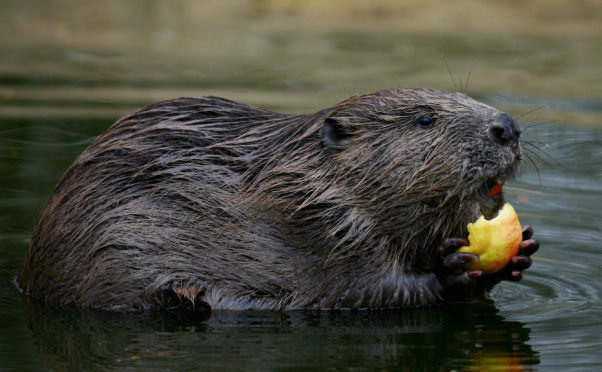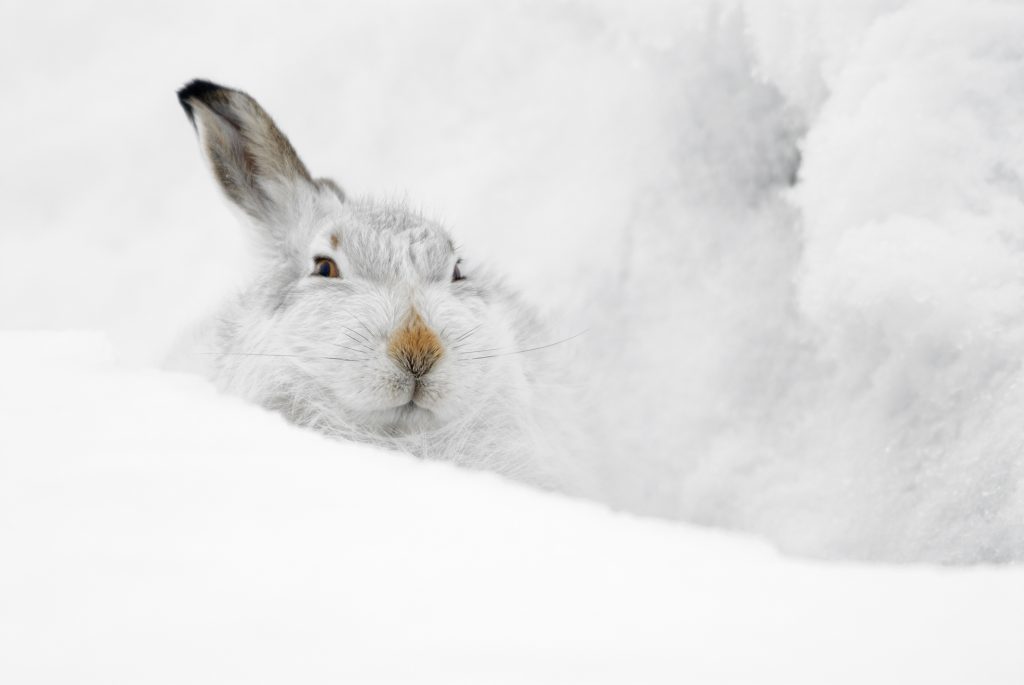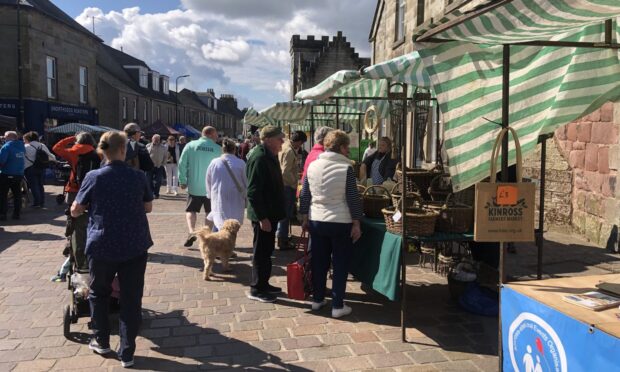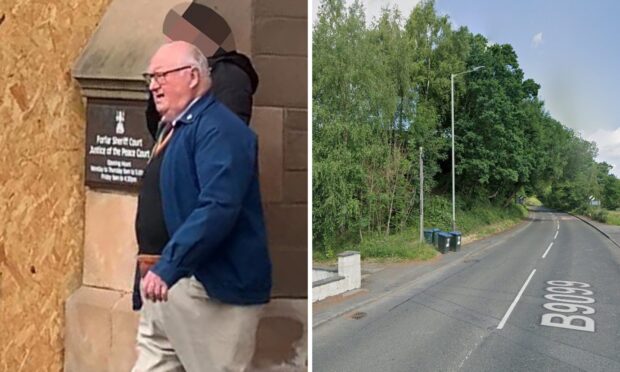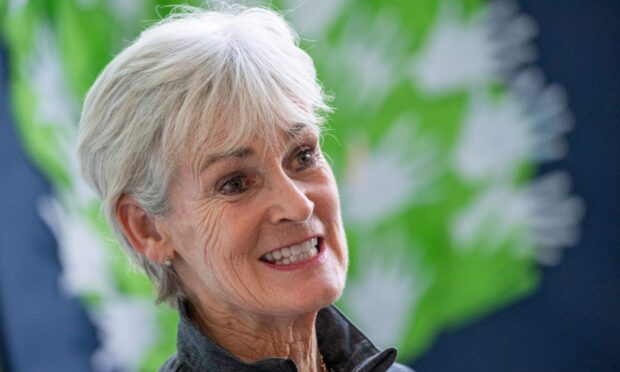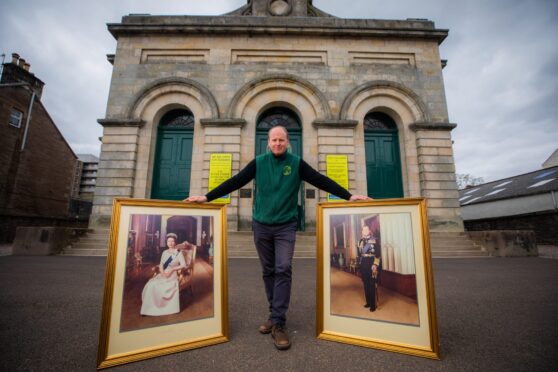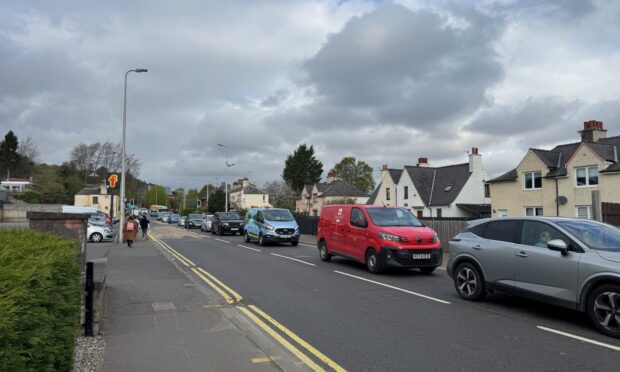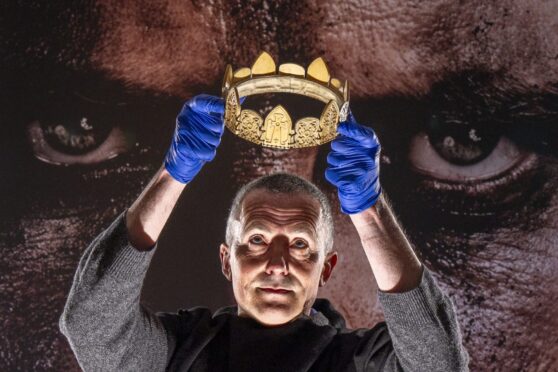Animal rights activists have condemned a “missed opportunity” to protect beavers in Scotland after a vote to ban the licensed killing of the mammals was rejected by ministers.
The Animals and Wildlife Bill was passed in the Scottish Parliament on Wednesday but an amendment by Green MSP Mark Ruskell calling on greater protections for beavers did not go through.
The move came after Scottish Natural Heritage (SNH) issued licences for 87 beavers – one fifth of the Scottish population – to be shot in Tayside after they were given protected status in May 2019.
Animal rights groups did celebrate an accepted amendment to bring in full protection for mountain hares, ending mass culling on estates.
Mr Ruskell, MSP for Mid-Scotland and Fife, said: “The bill still represents a missed opportunity to carry out a full reform of our animal welfare laws and make sure protected status means animals are safe from harm.
“A fifth of the beavers in Tayside have been killed in the last year, despite having protected status, and the parliament rejected my proposals to end this routine slaughter.
“Murdo Fraser and his colleagues in the Scottish Tories are completely out of step with the Scottish public, who recognise the valuable contribution these precious animals make to or ecosystems, and are horrified by the reports of dead beavers washing up on beaches down the Tay.”
The Scottish Rewilding Alliance (SRA) backed Mr Ruskell’s calls and asked that the animals to be relocated to areas where they would be more welcome.
Steve Micklewright, SRA convener, said: “Each beaver shot under the current licensing scheme is a wasted life that could have helped tackle the climate emergency and nature crisis by creating a thriving nature-rich wetland somewhere else in Scotland.
“Beavers’ activities around our waterways help protect our towns and cities against flooding, and they restore wetlands and create habitats for a wealth of wildlife.
“Occasionally, as in Tayside, they can have local impacts on agriculture too, and Ministers are putting landowners around the Tay in an impossible position by blocking beavers’ relocation to other more suitable areas of Scotland.”
Scottish Land and Estates bosses criticised the parliament’s vote on mountain hares but welcomed the decision on beavers.
Sarah-Jane Laing, chief executive of SLE, said: “We support the decision of the Scottish Parliament not to back the last-minute attempt to ban the legal control of beavers.
“The recent SNH Beaver Licensing Summary Report showed that beaver populations continue to grow and the ability to manage them to protect land and crops is vital.”
Conservative MSP Murdo Fraser argued that the Tayside beaver population was thriving and called the amendment “a publicity stunt”.
Mr Fraser said: “The beavers are generally a welcome addition to Scotland, in my view – they are good for biodiversity, they are popular with tourists and people like to see the beavers.
“However, the beavers are not an unqualified good thing – not everyone loves them.
“They damage river banks, they undermine natural flood defences, they gnaw down trees and they are responsible for the flooding of low-lying, productive agricultural land in places such as the Strathmore valley.”
